How to save time on model techniques [VIDEO]
This time-saving model technique is an example of the way profound results can be realized with seemingly simple products.
This time-saving model technique is an example of the way profound results can be realized with seemingly simple products.
As a dental laboratory owner, I’ve noticed a changing dynamic in dental office operation over the past several years. The trend I’m referring to is a fuller use of dental office personnel in performing procedures that were once delegated to a dental laboratory. Because of tighter profit margins, chair time costs, and rising labor costs, many dental offices are opting to eliminate laboratory fees and control turnaround times by expanding duties for assistants. Once deemed as “laboratory only” ancillary procedures, procedures such as model pouring and custom tray fabrication are now viewed as viable in-house options to maximize employee production during downtime. Products that make these fabrication procedures less complex contribute to this trend, allowing minimally trained employees to perform them quickly, and with quality results.
Boxing impressions
Conventional boxing and beading of impressions is a tedious technique that must be performed to complement and maintain the clinical efforts to impress border depth and thickness (border mold), and transfer those dimensions to a master model. Inversion of the impression in this technique also ensures the stone poured into the boxed area is intimate by means of gravity to the impression.
The common, time involved technique uses rope wax, sticky wax, and boxing wax to establish a land area, imitate sulcus, and a box to hold the stone pour together. The technique balances on the adhesion tenacity of the wax to the impression material, as well as the technician’s speed and dexterity in using and melting multiple waxes together to fabricate a “sealed” box into which lab stone is poured. Generally it takes about 20-30 minutes to prepare using the conventional wax method.
Over the years I have seen ads for the product Wonderfill but always thought of it as only tongue filler. While attending the 2011 FDLA Southern States Symposium, I noticed Dental Creations was offering free samples of Wonderfill to attendees. When handed the sample, I mentioned that the last time I used the product was with another sample I used to fill a tongue on a lower model. I said it was a nice but rather one dimensional product. At that point the person at the booth asked me if I knew boxing impressions in 5 minutes was possible when using a newer product, the Wonderform, along with Wonderfill. I said, tell me more.
What I found was the real game changer for Wonderfill comes from this complementary product the Wonderform. When it’s used with Wonderfill it becomes an accurate, cost effective, time saving “system” for fabricating boxed impressions. The form is a latching metal box or former which, when used like a cookie cutter along with Wonderfill, boxes an impression that is ready to pour in 5 minutes.
The technique
Sterilize the impressions and then mark impression borders, 3 to 4 mm (Figs. 1-2).
Make a patty of Wonderfill on a 5x5 plexi or similar material that is at least 1” thick and wider than the form (Fig. 3).
Press impression intaglio up into Wonderfill, up to marked borders with ridge parallel to the floor (Fig. 4).
Position Wonderform centered over impression and press down, cookie cutter fashion. Peel away excess and use to backfill any areas that may have pulled from sides of impression or form (Fig. 5).
Tamp Wonderfill flat, to marked border line - a toothbrush handles works well for this (Fig. 6). Lift or place entire base and form on vibrator and fill with stone of choice. Allow to harden.
Once hardened, unlatch Wonderform, remove, and pull off any Wonderfill adhering to stone (Figs. 7-9).
Pick off any adhering stone on Wonderfill, return remainder to container and reseal (Fig. 10). Then, wash off any remaining Wonderfill on surface(water soluble and non-staining).
Trim models to width and thickness specifications using trimmer and knife (Fig. 11).
The completed product with border definition and detail (Fig. 12).
The final master model specifications should be:
15-16 mm at its thinnest point (Fig. 13).
Width of land area 3-4 mm (Fig. 14).
Uniform 2-3 mm sulcus depth (Fig. 15).
ACTIVA BioACTIVE Bulk Flow Marks Pulpdent’s First Major Product Release in 4 Years
December 12th 2024Next-generation bulk-fill dental restorative raises the standard of care for bulk-fill procedures by providing natural remineralization support, while also overcoming current bulk-fill limitations.
















